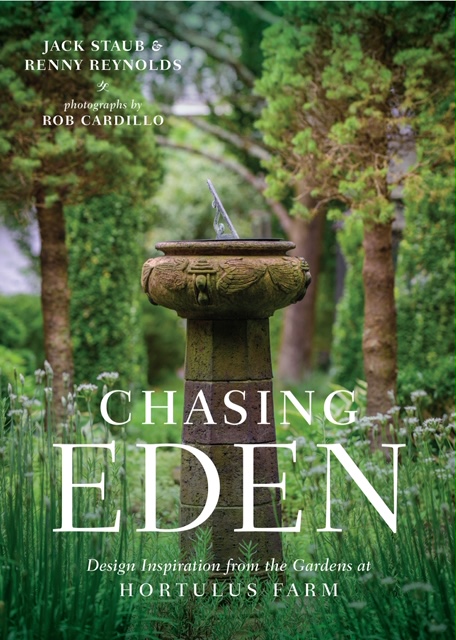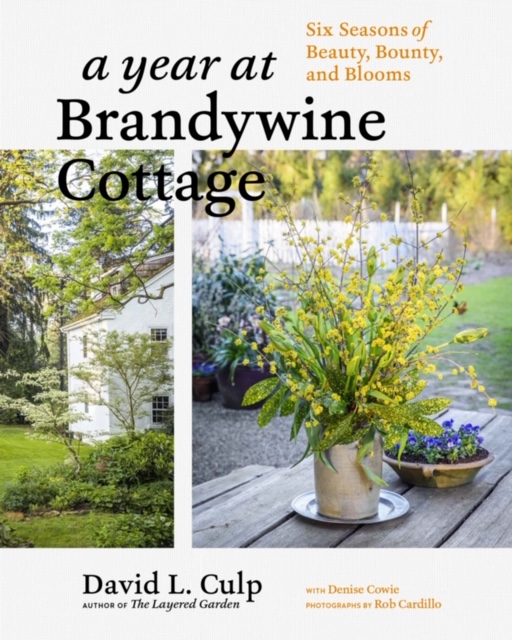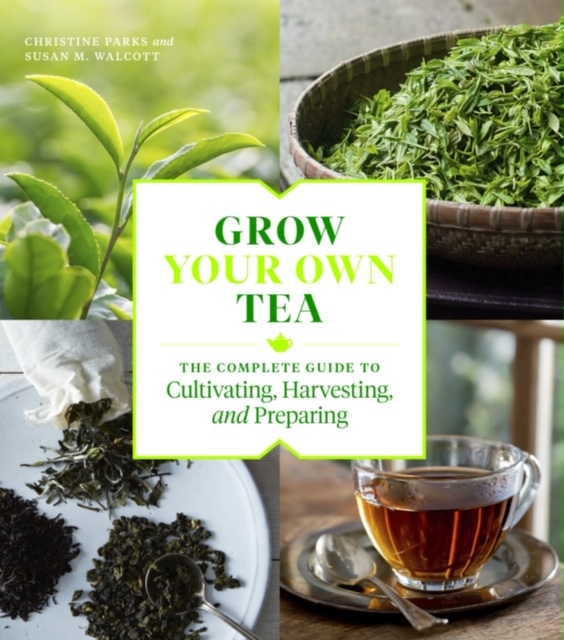Hello, Strangers!
Long time, no see. I’m not going to provide much detail at this time regarding my absence from the blogging world. My stint away was at times productive, and at other times complicated. Much of it was spent gardening – or planning gardening projects. I’m sure I will have plenty of opportunities to highlight those moments as we move forward. For today, I am motivated and inspired. As always, I spend tons of time reading and flipping through a variety of publications. Three in particular bring me to today.

First: Chasing Eden by Jack Staub and Renny Reynolds. This book includes a historical account, gardening terms and techniques, and gorgeous pictures. It features a private garden called Hortulus Farm. Its owners (Staub & Reynolds) are renowned experts in the fields of design, gardening, and entertaining. They have developed this masterpiece property of 15 acres for over 40 years. The text includes themed gardens, edible gardens, plants and colors, open spaces, woodlands, water features and hardscapes. There is so much to admire and something to inspire every gardener. The thoughtfulness and attention to detail have earned my highest esteem.

Second: A Year at Brandywine Cottage by David L. Culp. It covers six seasons of beauty, bounty, and blooms. Six seasons include winter, early spring, late spring, summer, early fall, and late fall. For me, the key to the book is again the cultivation of a garden over a prolonged period of time. In this instance, Culp spent more than 30 years cultivating this two-acre space. It is an intimate beauty. Culp guides you through the property, walking down paths and pointing out details along the way. Extra attention is given to specific plants, such as hellebores in early spring and irises in late spring. Around every corner is thoughtful color or interesting texture. The great addition to this book is recipes. Every month features seasonal delights from Sautéed Fiddlehead Ferns in April to Butternut Squash Risotto in November.
(Interesting note: Both books – Chasing Eden and The Year at Brandywine Cottage – are photographed by Rob Cardillo.)
Together, these two books serve to provide several reminders, specifically to me:
- People who cultivate gardens such as these are likely much more knowledgeable about plants, techniques, and classical garden features than I. Each new venture in my garden requires quite a bit of research as well as some level of trial and error.
- People who cultivate gardens like these are likely supported by a budget and a staff that I simply do not have at my disposable.
- People who cultivate gardens like these are likely fully dedicated to the project. They are not working a regular 9-to-5 job and raising children. Culp notes the presence of chicken and honey bees at Brandywine Cottage – both of which also require knowledge, energy and time. And both are aspects that I would like to include in my gardening world in addition to beautiful plant materials.
- Biggest Point: Gardens are cultivated over a period of time. Sure, given an unlimited budget you may be able to install a complete garden in a short period of time. But even in that event, the plants are likely to be immature and lack the overall effect of a space cultivated over time. In most cases, gardens are created one project at a time.
I note all of these reminders because I can sometimes be overwhelmed when I see a successful garden and then look at the present version of my own. I know that given unlimited funds, a gardening and maintenance staff, a horticulture background, and no other distractions, I could have a beautiful garden in no time. But even given all of those advantages, cultivating a garden takes time. It takes time to live in your space and see where the sun shines and the water drains. It takes time to discover nuances and hidden gems. So even if I had all the listed advantages, I would still want to take the time to develop my property slowly, intentionally. Most of the time, I am able to focus on my plans in the long-term. I remind myself that gardening in and of itself is a pastime focused on the process of creating – not the creation itself.
And now the third book: Grow Your Own Tea by Christine Parks & Susan M. Walcott. This is a complete guide to cultivating, harvesting and preparing tea. There is a general history of tea as well as an overview of the types. Growing up in South Carolina, I already knew of the tea grown on Wadmalaw Island, just south of my hometown of Charleston. There are also details of tea being grown in Alabama, California, Hawaii, Mississippi, Oregon, and Virginia. The book covers the basics of the tea plant itself and common varieties, and then moves to extensively cover planting and care. Personally, I love the detail. The words are precise, and the pictures enhance the instructions. Charts like “season-by-season tasks” are extremely helpful. And the section detailing how to pick, process, and prepare the various forms of tea is an excellent resource. This book seems to cover every topic. The book concludes with an excellent summary of resources and references.
Last year at this time I was busily planning my herb garden. I was reading dozens of books and scouring the internet. Somewhere along the way, I also seized on the urge to incorporate tea plants into my space. My southern roots and my love of taking tea at restaurants and hosting tea parties at home drew me to being able to grow my own. I did some research and located a tea garden nursery in North Carolina. I went so far as to communicate by email with the nursery’s owner regarding which plants might be appropriate for my garden. However, in the end I chickened out of ordering the plants. My husband sustained a dreadful injury and I had already committed to a variety of garden projects. I just did not think it wise to add tea plants to the 2019 agenda.
Fast forward to this week. I was granted permission to review Grow your Own Tea. I found myself devouring the entire book in one sitting. The result was a renewed interest in adding tea plants to my garden. I sorted through my email files to find the past correspondence with the nursery owner in North Carolina. Imagine my surprise and delight to discover that the nursery owner is one of the authors of the book I was just reviewing! Serendipity!
Taking advice directly from the book and again reviewing the options available at Camellia Forest Nursery, I have placed my order for five (5) tea plants:
Lipton Plantation – I thought a little piece of American tea history was a necessary addition. This cultivar comes from the tea plantation Lipton had in Alabama. Most of the plants were destroyed when the plantation was closed, but a few were saved and found their way to various gardens and nurseries throughout the south.
Rosea – I was sold on the description of pale pink flowers in early autumn. It says that the burgundy new growth is the most outstanding quality of this variety, but also noted that the red pigment is found in all parts of the plant, from the roots to the bright pink filament of the flowers.
Small Leaf – Parks specifically recommended this variety to me last year. It’s widely grown in Japan and favored for producing mild-flavored tea.
Sochi – These seedlings come from plants developed at Russian tea plantations, and are known for their cold hardiness and vigor. Oklahoma should feel like a tropical vacation!
Super Sochi – Bigger is better, right? We’ll see. This cultivar displays significantly larger leaves and more vigorous growth than the original Sochi. I am ready to compare the two!
The report of this tea plant purchase takes the blog full circle. In the coming weeks, I must decide where in my yard these plants will go. I am inspired by the long-term garden cultivating efforts of Culp, Staub and Reynolds. The future tea garden at Patch405 will likely reside in a space that is currently raw and undeveloped. The future home will need good drainage, some sun, some shade, and space for growth of the plants I just purchased as well as the inclusion of additional plants as I expand. Three years ago, this placement decision would have been overwhelming for me. Today, I’m excited by the opportunity to expand my garden footprint. And 30-to-40 years from now, I will be ready for you to visit!


Goodness, it has been a while.
LikeLike
Happy you are back!
LikeLike